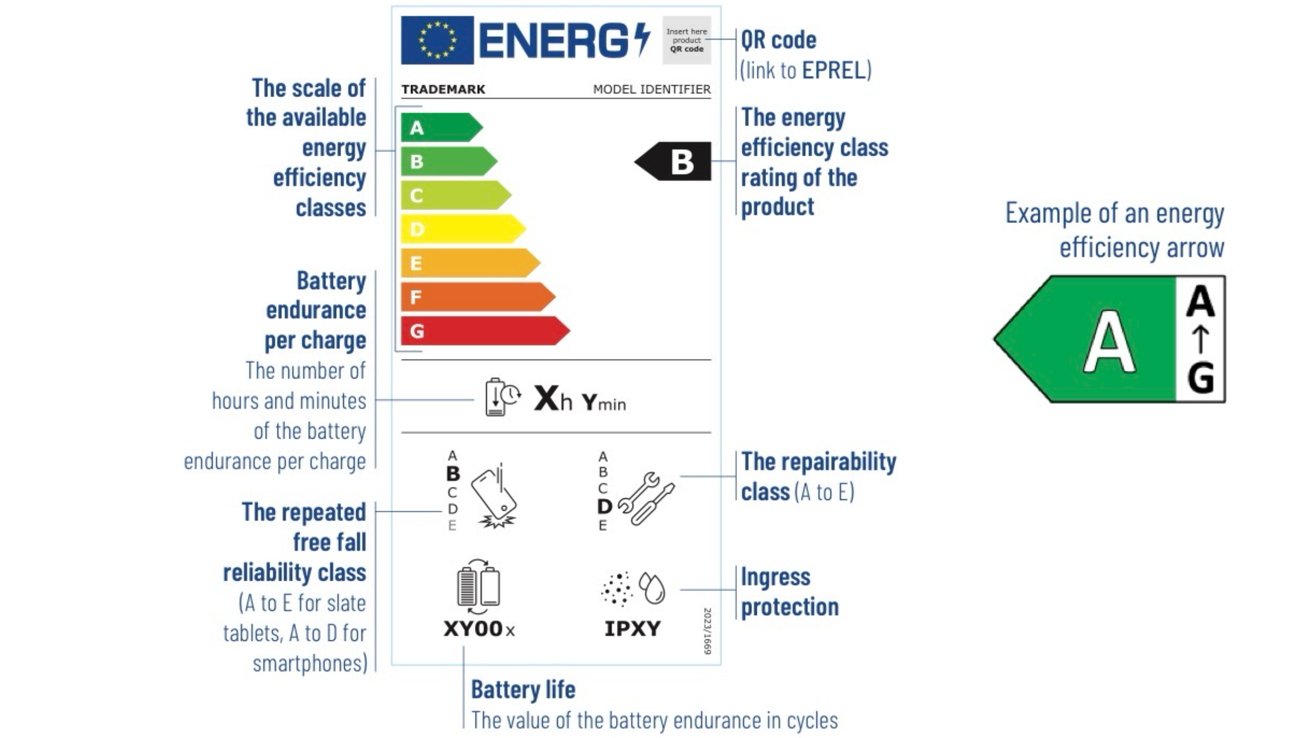NodeJS Fundamentals: import
Mastering Node.js import: Beyond the Basics for Production Systems Introduction Imagine a large e-commerce platform migrating from a monolithic Node.js application to a microservices architecture. Each service needs to share common validation schemas, utility functions, and configuration management. Naive copy-pasting leads to divergence and maintenance nightmares. A robust, well-understood import strategy isn’t just about code organization; it’s about operational resilience, consistent behavior across services, and the ability to rapidly deploy changes without cascading failures. This post dives deep into Node.js import, focusing on practical considerations for building and operating high-scale, production-grade backend systems. We’ll move beyond basic module loading and explore how to leverage it for maintainability, security, and performance. What is "import" in Node.js context? Node.js import refers to the mechanism for including code from other modules or packages into the current file. Historically, this was primarily achieved using require(), a synchronous function. However, with the advent of ECMAScript Modules (ESM), Node.js now supports import and export statements, offering static analysis benefits and improved performance potential. Technically, import is a declarative statement that specifies the modules to be loaded. Node.js resolves these imports based on a module resolution algorithm, considering file extensions (.js, .mjs, .cjs), node_modules directories, and package.json exports fields. The package.json type field dictates whether a file is treated as CommonJS (require()) or ESM (import). Relevant standards include the ECMAScript specification and Node.js's module resolution RFCs. Ecosystem libraries like esbuild, rollup, and webpack build upon this foundation to provide advanced module bundling and optimization capabilities. The key difference between require and import is that import is static, meaning the dependencies are known at compile time, enabling tree-shaking and other optimizations. Use Cases and Implementation Examples Shared Validation Schemas (REST API): A REST API service uses a shared schema definition for request body validation. Event Handlers (Queue Processor): A queue processor service imports event handler functions from a dedicated handlers directory. Configuration Management (Scheduler): A scheduled task service imports configuration settings from a centralized configuration module. Database Access Layer (Microservice): A microservice imports database connection and query functions from a dedicated data access layer. Utility Functions (Common Library): Multiple services import common utility functions (e.g., date formatting, string manipulation) from a shared library. These use cases highlight the need for modularity, reusability, and consistent behavior across different parts of a system. Ops concerns include ensuring that changes to shared modules don't introduce breaking changes in dependent services, and that validation logic is consistently applied to prevent data integrity issues. Code-Level Integration Let's illustrate with a shared validation schema example. package.json (API Service): { "name": "api-service", "version": "1.0.0", "type": "module", "dependencies": { "@hapi/joi": "^17.1.1" } } src/schemas/user.schema.mjs: import Joi from '@hapi/joi'; const userSchema = Joi.object({ username: Joi.string().alphanum().min(3).max(30).required(), email: Joi.string().email().required(), age: Joi.number().integer().min(18).max(120).required() }); export default userSchema; src/routes/user.route.mjs: import express from 'express'; import userSchema from '../schemas/user.schema.mjs'; const router = express.Router(); router.post('/', async (req, res) => { const { error, value } = userSchema.validate(req.body); if (error) { return res.status(400).json({ error: error.details }); } // Process valid user data console.log(value); res.status(201).json({ message: 'User created' }); }); export default router; npm install @hapi/joi express This example demonstrates importing a schema definition for validation. The type: "module" in package.json is crucial for enabling ESM syntax. System Architecture Considerations graph LR A[Client] --> B(Load Balancer); B --> C1[API Service 1]; B --> C2[API Service 2]; C1 --> D[Shared Validation Library]; C2 --> D; D --> E[Centralized Configuration]; E --> F[Database]; style D fill:#f9f,stroke:#333,stroke-width:2px This diagram illustrates how multiple API services can rely on a shared validation library. The library itself might depend on a centralized configuration service for schema definitions. The load balancer distributes traffic across the API services, ensuring high availability. This architecture benefits from modularity and code

Mastering Node.js import: Beyond the Basics for Production Systems
Introduction
Imagine a large e-commerce platform migrating from a monolithic Node.js application to a microservices architecture. Each service needs to share common validation schemas, utility functions, and configuration management. Naive copy-pasting leads to divergence and maintenance nightmares. A robust, well-understood import strategy isn’t just about code organization; it’s about operational resilience, consistent behavior across services, and the ability to rapidly deploy changes without cascading failures. This post dives deep into Node.js import, focusing on practical considerations for building and operating high-scale, production-grade backend systems. We’ll move beyond basic module loading and explore how to leverage it for maintainability, security, and performance.
What is "import" in Node.js context?
Node.js import refers to the mechanism for including code from other modules or packages into the current file. Historically, this was primarily achieved using require(), a synchronous function. However, with the advent of ECMAScript Modules (ESM), Node.js now supports import and export statements, offering static analysis benefits and improved performance potential.
Technically, import is a declarative statement that specifies the modules to be loaded. Node.js resolves these imports based on a module resolution algorithm, considering file extensions (.js, .mjs, .cjs), node_modules directories, and package.json exports fields. The package.json type field dictates whether a file is treated as CommonJS (require()) or ESM (import).
Relevant standards include the ECMAScript specification and Node.js's module resolution RFCs. Ecosystem libraries like esbuild, rollup, and webpack build upon this foundation to provide advanced module bundling and optimization capabilities. The key difference between require and import is that import is static, meaning the dependencies are known at compile time, enabling tree-shaking and other optimizations.
Use Cases and Implementation Examples
- Shared Validation Schemas (REST API): A REST API service uses a shared schema definition for request body validation.
- Event Handlers (Queue Processor): A queue processor service imports event handler functions from a dedicated handlers directory.
- Configuration Management (Scheduler): A scheduled task service imports configuration settings from a centralized configuration module.
- Database Access Layer (Microservice): A microservice imports database connection and query functions from a dedicated data access layer.
- Utility Functions (Common Library): Multiple services import common utility functions (e.g., date formatting, string manipulation) from a shared library.
These use cases highlight the need for modularity, reusability, and consistent behavior across different parts of a system. Ops concerns include ensuring that changes to shared modules don't introduce breaking changes in dependent services, and that validation logic is consistently applied to prevent data integrity issues.
Code-Level Integration
Let's illustrate with a shared validation schema example.
package.json (API Service):
{
"name": "api-service",
"version": "1.0.0",
"type": "module",
"dependencies": {
"@hapi/joi": "^17.1.1"
}
}
src/schemas/user.schema.mjs:
import Joi from '@hapi/joi';
const userSchema = Joi.object({
username: Joi.string().alphanum().min(3).max(30).required(),
email: Joi.string().email().required(),
age: Joi.number().integer().min(18).max(120).required()
});
export default userSchema;
src/routes/user.route.mjs:
import express from 'express';
import userSchema from '../schemas/user.schema.mjs';
const router = express.Router();
router.post('/', async (req, res) => {
const { error, value } = userSchema.validate(req.body);
if (error) {
return res.status(400).json({ error: error.details });
}
// Process valid user data
console.log(value);
res.status(201).json({ message: 'User created' });
});
export default router;
npm install @hapi/joi express
This example demonstrates importing a schema definition for validation. The type: "module" in package.json is crucial for enabling ESM syntax.
System Architecture Considerations
graph LR
A[Client] --> B(Load Balancer);
B --> C1[API Service 1];
B --> C2[API Service 2];
C1 --> D[Shared Validation Library];
C2 --> D;
D --> E[Centralized Configuration];
E --> F[Database];
style D fill:#f9f,stroke:#333,stroke-width:2px
This diagram illustrates how multiple API services can rely on a shared validation library. The library itself might depend on a centralized configuration service for schema definitions. The load balancer distributes traffic across the API services, ensuring high availability. This architecture benefits from modularity and code reuse, but requires careful versioning and dependency management. Containerization (Docker) and orchestration (Kubernetes) are essential for deploying and managing these services at scale.
Performance & Benchmarking
Using import with ESM generally leads to better performance than require() due to static analysis and tree-shaking. However, the initial module resolution can be slower.
Consider a scenario where a service imports a large utility library.
-
require(): Loads the entire library synchronously on each import. -
import(with bundler like esbuild): Analyzes the code and only includes the necessary functions, reducing the bundle size and improving startup time.
Benchmarking with autocannon or wrk can reveal the performance differences. Monitoring CPU and memory usage with tools like top or htop can help identify bottlenecks. In our validation example, the overhead of Joi validation itself is likely to be more significant than the import mechanism.
Security and Hardening
import doesn't inherently introduce security vulnerabilities, but it can exacerbate existing ones.
- Dependency Confusion: Malicious packages with the same name as internal packages can be accidentally installed. Use private package registries and strict dependency versioning.
-
Prototype Pollution: Carefully validate and sanitize all input data to prevent prototype pollution attacks. Libraries like
zodorowcan help with schema validation and data sanitization. - Code Injection: Avoid dynamically constructing import paths based on user input.
Tools like helmet and csurf can help mitigate common web application vulnerabilities. Regularly audit dependencies for known vulnerabilities using npm audit or yarn audit.
DevOps & CI/CD Integration
A typical CI/CD pipeline would include the following stages:
-
Lint:
eslint . --ext .js,.mjs -
Test:
jest -
Build:
esbuild src/index.mjs --bundle --outfile=dist/index.js --platform=node --format=cjs(or similar bundler) -
Dockerize:
docker build -t api-service:latest . - Deploy: Push the Docker image to a container registry and deploy to Kubernetes.
Dockerfile:
FROM node:18-alpine
WORKDIR /app
COPY package*.json ./
RUN npm install
COPY . .
CMD ["node", "dist/index.js"]
Monitoring & Observability
Logging with pino or winston provides structured logs for debugging and analysis. Metrics with prom-client allow tracking key performance indicators (KPIs). Distributed tracing with OpenTelemetry helps identify performance bottlenecks across services.
Example log entry (pino):
{"timestamp":"2023-10-27T10:00:00.000Z","level":"info","message":"User created","userId":"123"}
Testing & Reliability
Test strategies should include:
- Unit Tests: Verify the functionality of individual modules.
- Integration Tests: Test the interaction between modules.
- End-to-End (E2E) Tests: Test the entire system from the client's perspective.
Tools like Jest and Supertest are commonly used for testing Node.js applications. Mocking libraries like nock and Sinon can help isolate dependencies during testing. Test cases should validate error handling and resilience to infrastructure failures (e.g., database connection errors).
Common Pitfalls & Anti-Patterns
- Circular Dependencies: Modules importing each other can lead to runtime errors. Refactor code to break the cycle.
-
Ignoring
package.jsonexports: Failing to defineexportscan lead to unexpected import behavior. - Mixing CommonJS and ESM: Can cause compatibility issues. Choose one module system and stick to it.
- Large Module Bundles: Inefficient bundling can lead to slow startup times. Use a bundler like esbuild or webpack to optimize bundle size.
- Lack of Versioning: Changes to shared modules without proper versioning can break dependent services.
Best Practices Summary
- Use ESM whenever possible: Leverage static analysis and tree-shaking.
-
Define
exportsinpackage.json: Control how modules are exposed. - Avoid circular dependencies: Refactor code for better modularity.
- Version shared modules: Use semantic versioning (SemVer).
- Use a bundler: Optimize bundle size and performance.
- Validate all input data: Prevent security vulnerabilities.
- Write comprehensive tests: Ensure code quality and reliability.
- Monitor and log effectively: Gain insights into system behavior.
- Embrace structured logging: Facilitate analysis and debugging.
- Prioritize dependency security: Regularly audit and update dependencies.
Conclusion
Mastering Node.js import is crucial for building scalable, maintainable, and reliable backend systems. By understanding the nuances of ESM, leveraging appropriate tooling, and following best practices, engineers can unlock significant benefits in terms of performance, security, and operational efficiency. Next steps include refactoring existing CommonJS modules to ESM, benchmarking performance improvements, and adopting advanced module bundling techniques. Investing in a robust import strategy is an investment in the long-term health and stability of your Node.js applications.














































































































































































![[The AI Show Episode 154]: AI Answers: The Future of AI Agents at Work, Building an AI Roadmap, Choosing the Right Tools, & Responsible AI Use](https://www.marketingaiinstitute.com/hubfs/ep%20154%20cover.png)
![[The AI Show Episode 153]: OpenAI Releases o3-Pro, Disney Sues Midjourney, Altman: “Gentle Singularity” Is Here, AI and Jobs & News Sites Getting Crushed by AI Search](https://www.marketingaiinstitute.com/hubfs/ep%20153%20cover.png)





















































































































![[FREE EBOOKS] The Chief AI Officer’s Handbook, Natural Language Processing with Python & Four More Best Selling Titles](https://www.javacodegeeks.com/wp-content/uploads/2012/12/jcg-logo.jpg)









































































![GrandChase tier list of the best characters available [June 2025]](https://media.pocketgamer.com/artwork/na-33057-1637756796/grandchase-ios-android-3rd-anniversary.jpg?#)




































































_Frank_Peters_Alamy.jpg?width=1280&auto=webp&quality=80&disable=upscale#)































































































![Apple tells students ‘how to convince your parents to get you a Mac’ [Update: Removed]](https://i0.wp.com/9to5mac.com/wp-content/uploads/sites/6/2025/06/screenshot-2025-06-20-at-09.14.21.jpg?resize=1200%2C628&quality=82&strip=all&ssl=1)











![Apple Weighs Acquisition of AI Startup Perplexity in Internal Talks [Report]](https://www.iclarified.com/images/news/97674/97674/97674-640.jpg)
![Oakley and Meta Launch Smart Glasses for Athletes With AI, 3K Camera, More [Video]](https://www.iclarified.com/images/news/97665/97665/97665-640.jpg)

![How to Get Your Parents to Buy You a Mac, According to Apple [Video]](https://www.iclarified.com/images/news/97671/97671/97671-640.jpg)




















![New accessibility settings announced for Steam Big Picture Mode and SteamOS [Beta]](https://www.ghacks.net/wp-content/uploads/2025/06/New-accessibility-settings-announced-for-Steam-Big-Picture-Mode-and-SteamOS.jpg)

















































